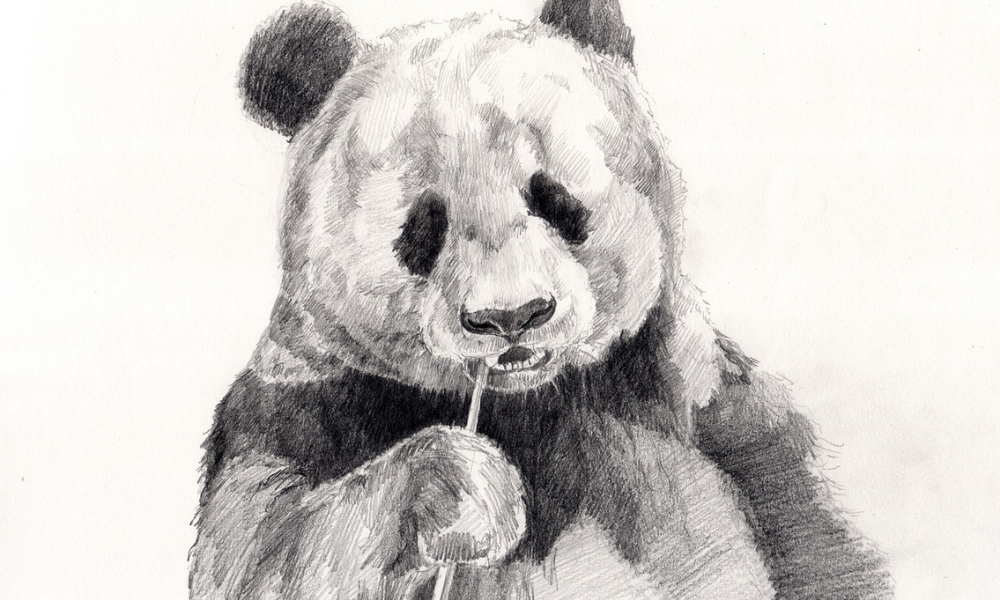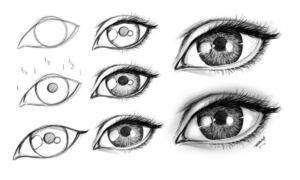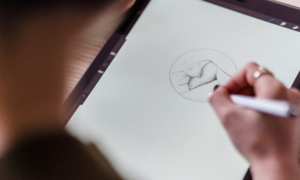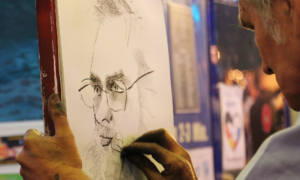Understanding Shading Basics
Shading involves the careful manipulation of light and dark areas to depict volume, texture, and perspective in drawings. It enhances the illusion of depth and realism, making objects appear more lifelike and dimensional. Before diving into specific shading hacks, let’s review some fundamental concepts:
Light Source: Determine the direction from which light is coming. This will dictate where highlights and shadows fall on your subject.
Value Scale: Understand the range of lightness and darkness, known as values, from pure white to absolute black. Gradually transitioning between these values creates smooth shading.
Blending Techniques: Methods such as hatching (parallel lines), cross-hatching (intersecting lines), stippling (dots), and blending tools (tortillons, blending stumps) help achieve different textures and gradients.
Essential Shading Hacks
1. Contrast Enhancement with Blending Tools
Blending tools like tortillons or blending stumps are invaluable for achieving smooth transitions between light and shadow. They allow you to blend pencil strokes seamlessly, creating a gradient effect that mimics natural lighting. Start with a light touch and gradually build up layers for depth.
Blending tools help achieve smooth transitions.
2. Layering for Depth
Layering different shades of graphite or charcoal creates depth and richness in shading. Begin with lighter tones and gradually build up darker shades to achieve realistic shadows and highlights. This technique is especially effective for rendering complex textures like fur or fabric.
Layering creates depth and realism.
3. Utilizing Cross-Hatching for Texture
Cross-hatching involves overlapping sets of parallel lines to create shading and texture. Vary the spacing and angle of your lines to control the intensity of shading and depict different surfaces such as wood grain or skin texture.
Cross-hatching adds texture and depth.
4. Emphasizing Form with Contour Shading
Contour shading follows the natural curves and contours of an object to emphasize its three-dimensional form. By adjusting the spacing and curvature of your shading lines, you can convey volume and shape convincingly.
Contour shading emphasizes form.
5. Highlighting with Erasers
Use kneaded erasers or precision erasers to lift graphite or charcoal selectively, creating highlights. This technique is effective for adding shine to reflective surfaces like glass or metal, enhancing realism and contrast.
Erasers can be used for precise highlights.
Advanced Shading Techniques
6. Creating Atmospheric Perspective
Incorporate atmospheric perspective by shading objects in the background lighter and less detailed than those in the foreground. This technique simulates the effect of distance and adds depth to landscapes and cityscapes.
Atmospheric perspective adds depth to landscapes.
7. Experimenting with Negative Space
Negative space shading involves shading around the subject rather than directly on it. This technique can create striking contrasts and emphasize the shape and volume of the object without overpowering details.
Negative space shading emphasizes shapes.
Practical Tips for Shading Success
Practice Regularly: Shading is a skill that improves with practice. Dedicate time to experimenting with different techniques and subjects.
Study Light and Shadow: Observe how light interacts with objects in real life. Understanding light sources and shadows will enhance your shading proficiency.
Use Reference Images: Referencing photographs or real-life objects helps you understand complex lighting scenarios and textures.
Mastering shading in drawing is a journey that requires patience, observation, and experimentation. By applying these shading hacks and techniques, you can enhance the realism and impact of your artwork significantly. Remember, each artist develops a unique shading style over time, so embrace creativity and enjoy the process of refining your skills.
Whether you’re sketching portraits, landscapes, or still life, effective shading brings your drawings to life, captivating viewers and conveying emotions through visual storytelling. Practice these techniques, explore new methods, and watch as your art evolves with depth and realism. Happy shading!




